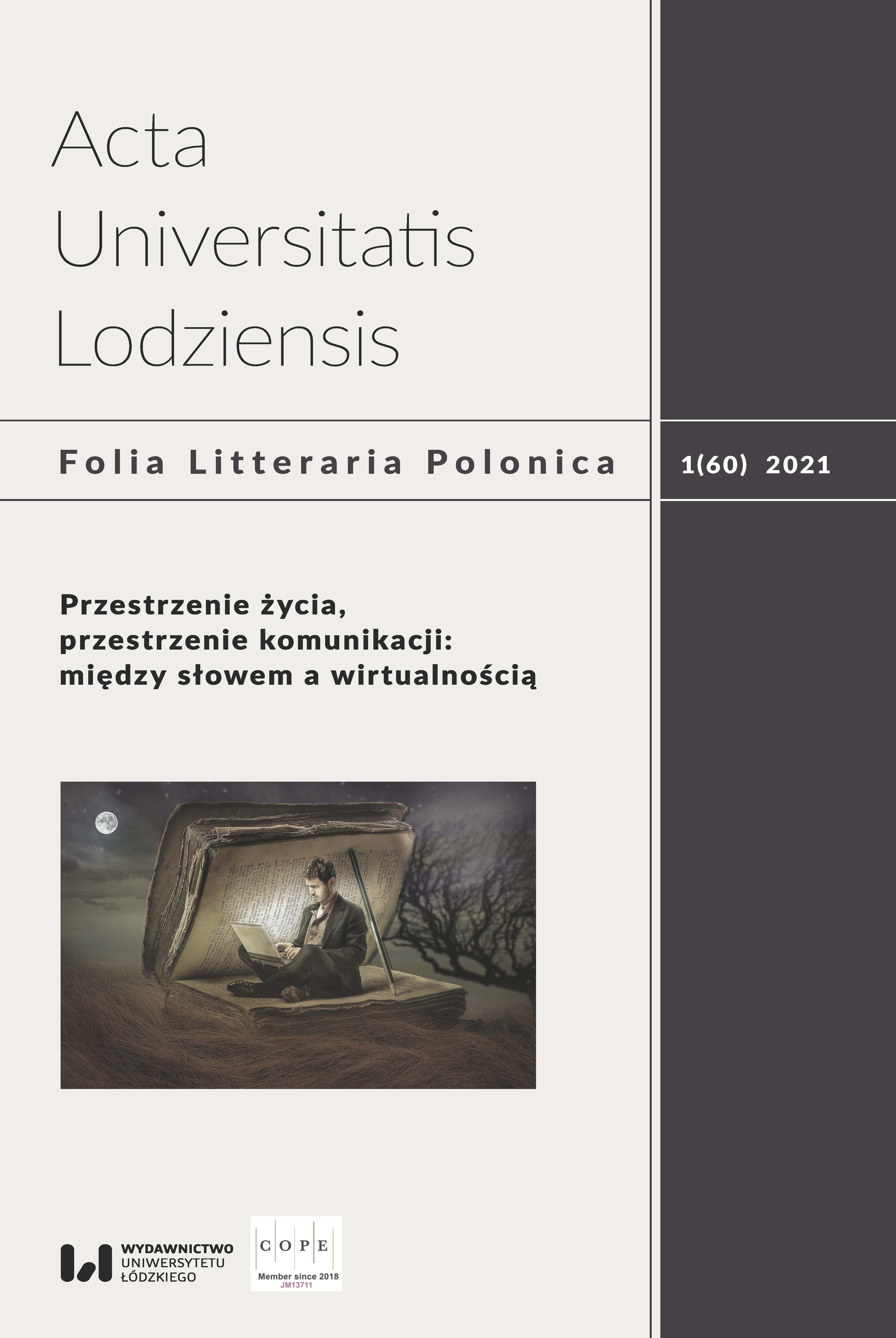Decomposing the asylum in Samuel Beckett’s Malone Dies: Genetic criticism and the author
Decomposing the asylum in Samuel Beckett’s Malone Dies: Genetic criticism and the author
Author(s): James LittleSubject(s): Studies of Literature, Novel
Published by: Wydawnictwo Uniwersytetu Łódzkiego
Keywords: Samuel Beckett; asylum; genetic criticism; manuscript; biography
Summary/Abstract: This article focuses on Samuel Beckett’s use of the asylum in his novel Malone Dies to explore the role of non-textual elements in genetic criticism (the study of a writer’s creative process through the analysis of their compositional manuscripts), as well as the function of the author in genetic analysis. Taking as its starting point Iain Bailey’s challenge to genetic critics to account for the biographical author which underpins the discipline’s study of written traces in authorial manuscripts, the article contends that genetic criticism must be used in tandem with other approaches such as historicism when studying spaces like Beckett’s asylums. Though Beckett took a scholarly approach when integrating such material into earlier work, making research notes which can be regarded as part of the genetic dossier, the asylum in Malone Dies – based on Dublin’s Saint John of God Hospital – leaves no such trail of textual breadcrumbs. Therefore, we must pay particular attention to the historical function of Saint John of God’s in order to understand how the asylum works in composition and reception. In doing so, an author existing beyond the written traces they leave behind can retake their place in a necessarily incomplete empirical field over five decades after Roland Barthes prematurely declared their death.
Journal: Acta Universitatis Lodziensis. Folia Litteraria Polonica
- Issue Year: 60/2021
- Issue No: 1
- Page Range: 65-77
- Page Count: 13
- Language: English

